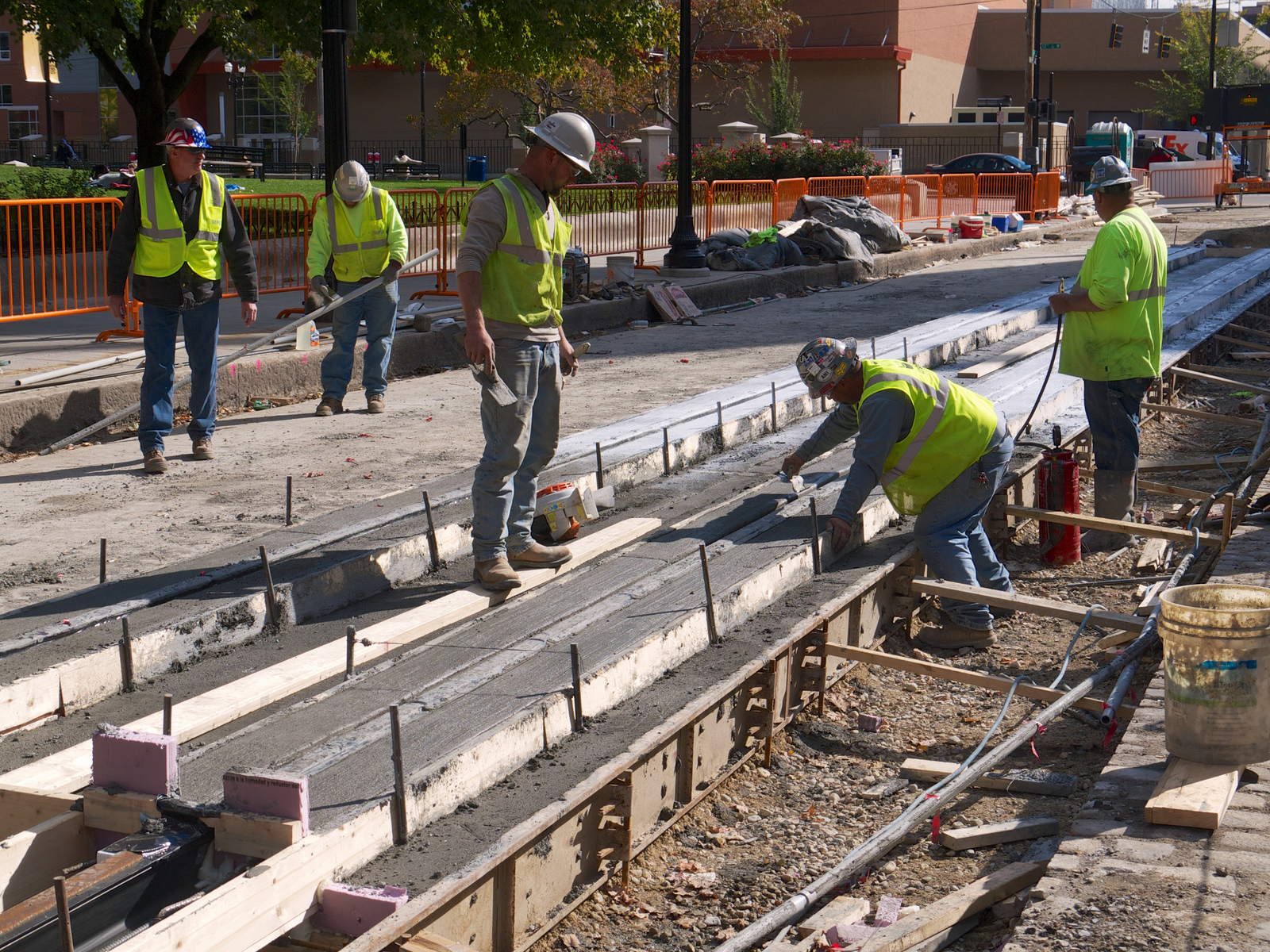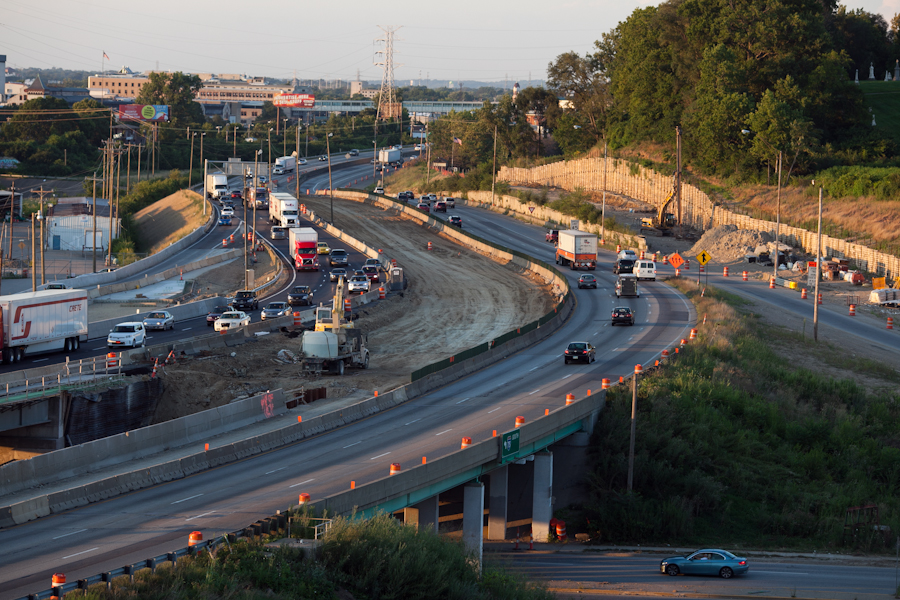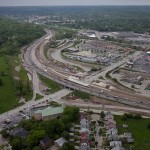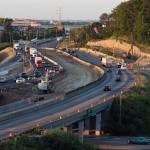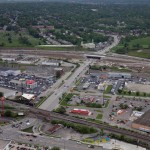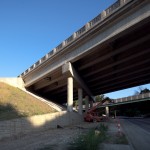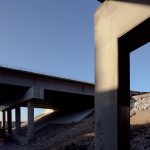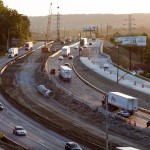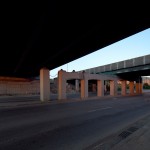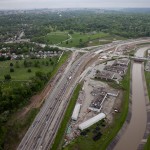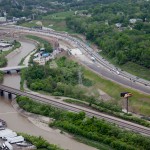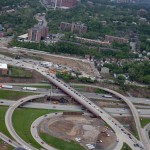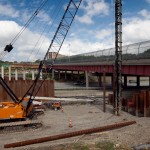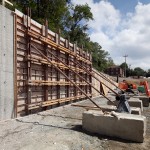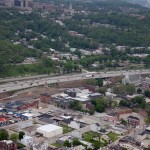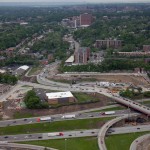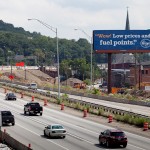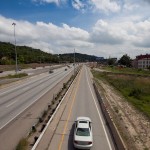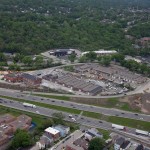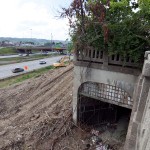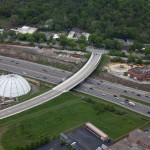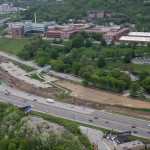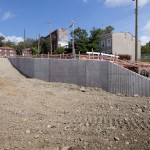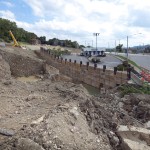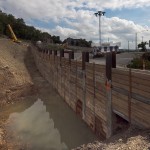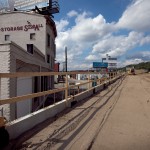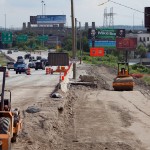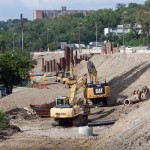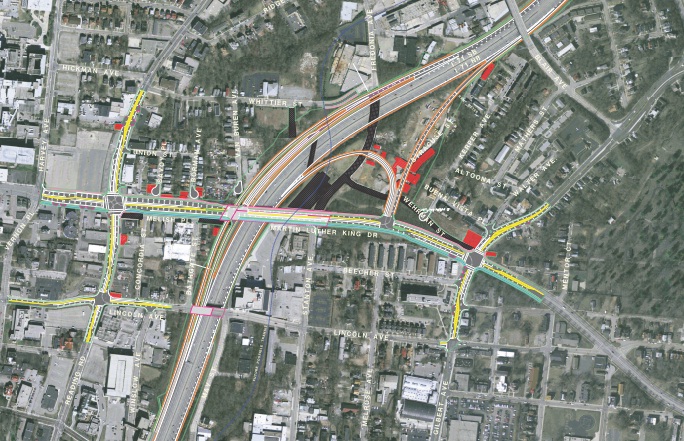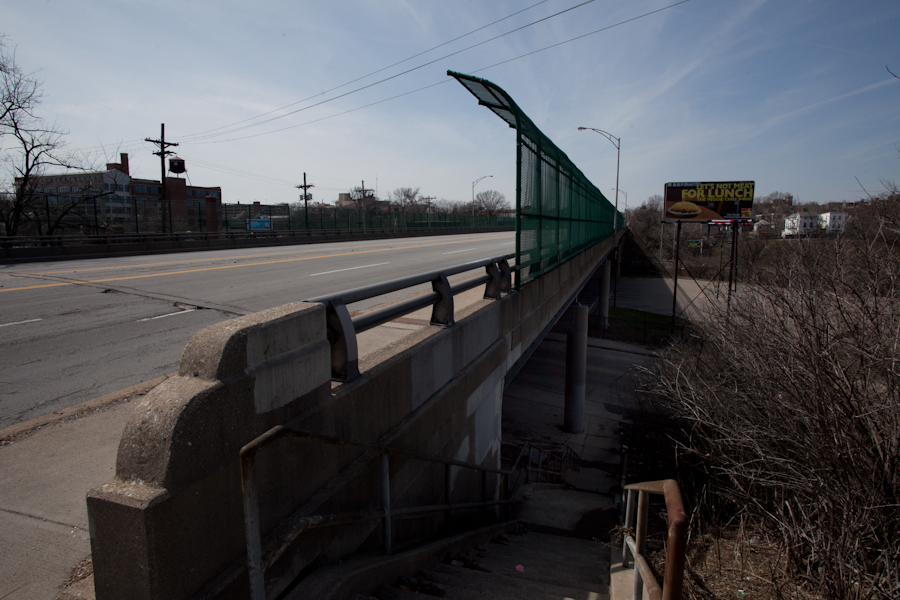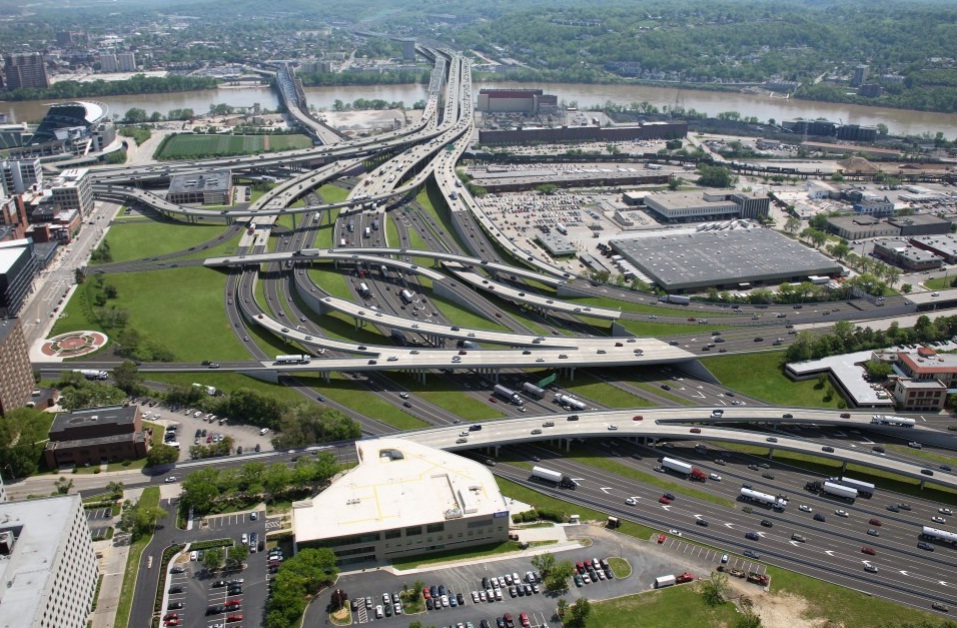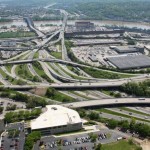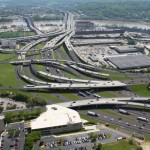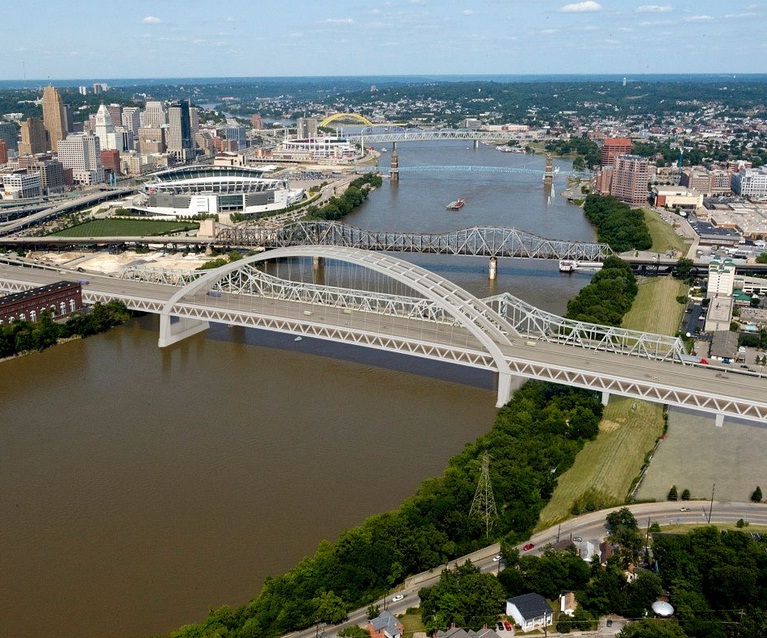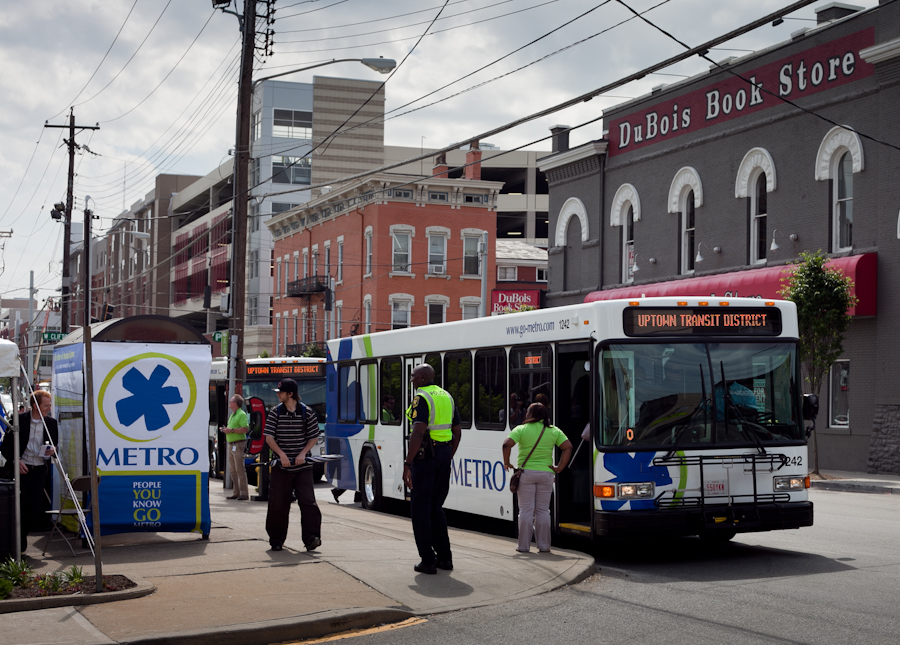The project executive for the Cincinnati Streetcar project, John Deatrick, gave a presentation to Cincinnati City Council’s Budget & Finance Committee today to outline the anticipated costs, time frame risks associated with cancelling or temporarily stopping work on the $133 million project.
Deatrick emphasized that at this point approximately $32 million has or will be spent prior to December 1. In addition to that, he explained exactly why the city would forfeit approximately $45 million in Federal funds, and be subject to local payment of any funds committed that would have otherwise been paid by those Federal funds. In addition to that, Deatrick and the project team estimate that it would cost $31-48 million to close-out the project.
Streetcar Cancellation and Close-Out Costs
What it means is that the professionals involved with overseeing the project believe the costs to cancel will be between $108 million and $125 million, not including any of the highly anticipated litigation costs.
The presentation also included a breakdown of more intangible numbers like the damage to the reputation the city has with the Federal government, and the future inability to receive Federal funding for any transportation projects as a result.
Cincinnati’s Budget Director, Lea Erickson, then explained how those costs would be paid and that the cancellation of the project would also result in the loss of any realized property and economic gains anticipated due to the streetcar, as outlined by an economic feasibility report done by HDR Economics. That total of lost tax revenue for the City of Cincinnati and Cincinnati Public Schools, she estimates, would $237 million in today’s dollars – or $594 million over the course of the next 35 years.
The 39-page presentation is packed with detailed breakouts and explanations for these figures. It also explains the relationship of the various contractors involved in the project.
